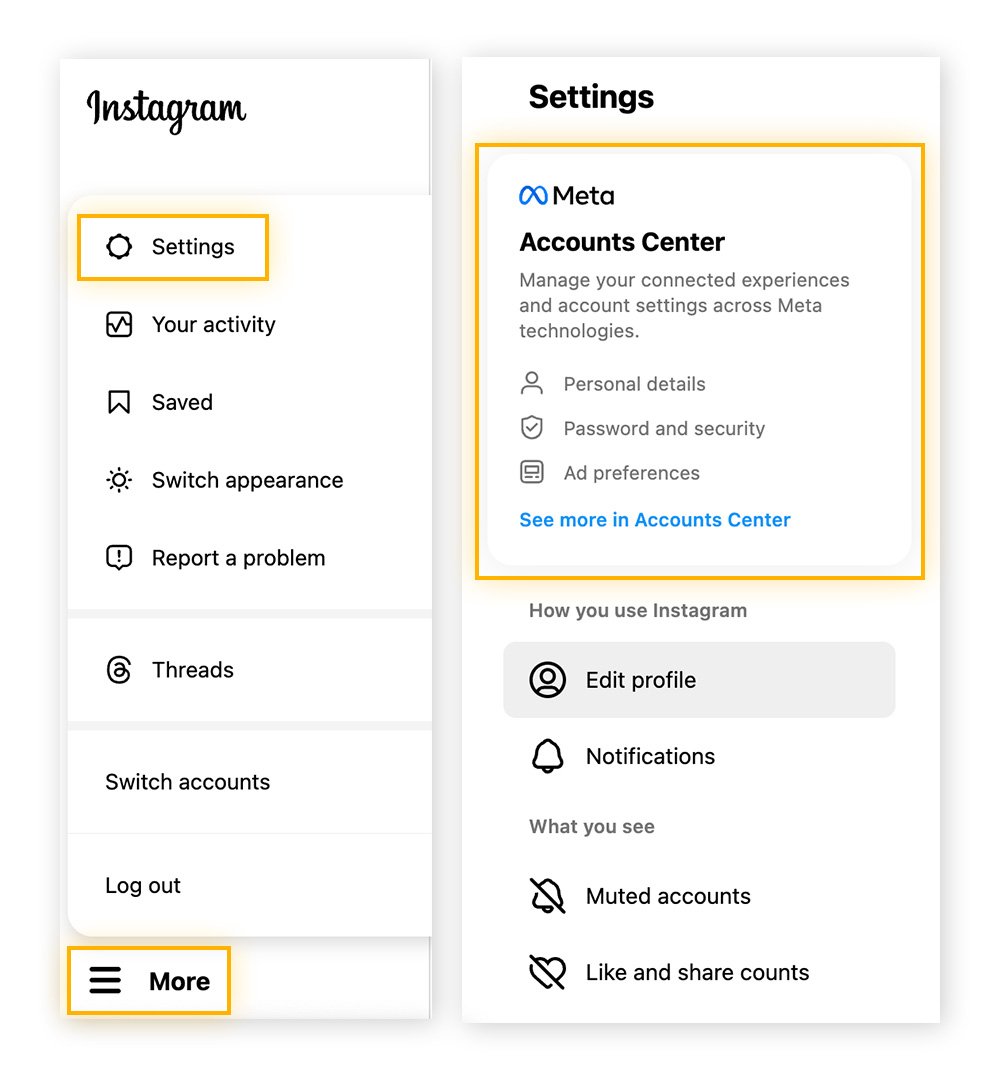
Smart Ways to Truss a Chicken for Delicious Results
Trussing a chicken may seem like a daunting culinary task, but mastering this technique can elevate your cooking game tremendously. Trussing not only gives your chicken an appealing appearance for presentation, but it also ensures even cooking, enhances flavor, and prevents the meat from drying out during roasting. In 2025, with a renewed focus on home cooking, understanding how to truss a chicken effectively is essential for any cooking enthusiast.
Throughout this article, we will explore various chicken trussing techniques, including easy methods suitable for beginners and more advanced skills for the seasoned chef. We’ll discuss the benefits of trussing, the essential kitchen tools needed, and tips for achieving a perfectly sealed, succulent roast chicken. By the end of this guide, you will not only know how to truss a chicken, but you’ll also be able to present your culinary masterpiece with confidence.
Understanding the Importance of Trussing
Trussing chicken involves tying its legs and wings to its body, creating a uniform shape that helps maintain moisture while cooking. One significant advantage of trussing is that it ensures the chicken cooks evenly. When the limbs are secured, they are less likely to dry out compared to a non-trussed chicken where the legs may extend and cook unevenly. Trussing helps retain heat and flavor, resulting in a juicier and more flavorful dish.
Moreover, when preparing stuffed chicken, trussing becomes even more crucial. It keeps the stuffing securely inside, allowing the flavors to meld beautifully without spilling out during the cooking process. This is particularly important for gourmet recipes that call for detailed presentation.
Essential Kitchen Tools for Trussing
Before diving into the trussing techniques, it's essential to have the right kitchen tools. The most basic requirement for trussing a chicken is a piece of kitchen twine, ideally made of cotton. Kitchen twine is sturdy and does not burn easily, making it perfect for securing your chicken.
In addition to twine, you may also find a pair of sharp kitchen scissors helpful for cutting the twine. Some chefs prefer using specially designed trussing needles, which can facilitate the process, especially when working with larger birds. A meat thermometer is another invaluable tool to ensure your chicken is cooked to the optimal temperature for safety and flavor.
Step-by-Step Process for Trussing a Chicken
Now that you're aware of the importance of trussing and have your tools ready, let’s delve into the step-by-step process of how to truss a chicken:
- Start by placing the chicken on a clean cutting board, breast side up.
- Cut a length of kitchen twine about 3 feet long. Place it under the chicken, making sure the center of the twine is underneath the tail.
- Wrap the twine around the drumsticks, ensuring they’re kept close to the body.
- Cross the twine over each other and pull them tight to bind the legs together.
- Wrap the twine up towards the breast, securing the wings against the body.
- Finally, tie the ends of the twine in a secure knot. Trim any excess twine with scissors.
Following these steps will result in a beautifully trussed chicken ready for roasting or grilling!
Easy Chicken Trussing Techniques for Beginners
If you are new to the art of trussing chicken, there are simplified methods that can help you master this technique quickly. Easy chicken trussing ensures that even novice cooks can achieve great results with minimal effort.
Using a Simple Knot to Secure Chicken Legs
One popular method is the simple knot which involves first binding the legs together, similar to the method mentioned previously. However, the focus is on making it less intricate. Start by placing the twine underneath. Pull the twine up and cross it over the legs without worrying about the wings initially. Tighten the knot securely but not too tight to ensure the meat retains moisture without being constricted.
Quick Trussing Method with Silicone Bands
Alternatively, you can utilize silicone bands designed for trussing. These bands can be easier to handle, especially for beginner cooks. Simply wrap them around the chicken’s legs and secure them. This method provides an easier solution that can still yield juicy and delicious results.
Common Trussing Mistakes to Avoid
One of the biggest mistakes beginners often make is not securing the limbs tightly enough, leading to uneven cooking. Additionally, using twines that may burn easily or unravel when heated can diminish the final outcome. Ensure you use food-safe, heat-resistant materials for best results.
Improving Chicken Flavor through Trussing
Trussing is not just about appearance; it also plays an impactful role in flavor development. A well-trussed chicken allows for moisture retention, thus enhancing the flavors infused during the cooking process.
Marinating and Brining Techniques
Before trussing, consider marinating or brining your chicken to elevate its flavor profile. Marinating for several hours, or overnight, allows spices and herbs to penetrate the meat, resulting in a more flavorful dish. Consider using bold flavors like herbs, lemon zest, or garlic to enhance your chicken's taste. Brining not only adds flavor but also helps keep the chicken juicy throughout the cooking process.
Layering Flavors in Stuffed Chicken
Trussing a stuffed chicken enables the flavors to meld beautifully as it cooks. Securely pack your stuffing inside the cavity and truss the chicken tightly to ensure everything stays in place. This technique creates a rich combination of flavors and a standout dish for any gathering.
Enhancing Presentation with Trussing
Beyond flavor, trussed chickens present beautifully on the dining table. It creates a professional look that speaks to your culinary skills. The symmetry achieved from proper trussing allows for better garnishing options with fresh herbs or citrus, making your culinary creation not just delightful in taste but also visually appealing.
Professional Kitchen Techniques for Trussing
In professional kitchens, chefs employ advanced trussing techniques that ensure the chicken cooks evenly and looks aesthetically pleasing. Mastering these methods can elevate your culinary skills and impress your guests with restaurant-quality results.
Use of Trussing Needles for Precision
In upscale cooking environments, trussing needles are often employed. These needles allow chefs to sew the bird shut while maintaining secure ties and compact shapes. It’s particularly useful for larger birds and can aid chefs in creating dishes that align with gourmet cooking standards.
Incorporating Flavored Butters into Trussing
For a luxurious twist, consider incorporating flavored butters underneath the skin during the trussing process. This technique infuses flavor directly into the meat, ensuring a succulent roast chicken. Ingredients like herbs, garlic, and lemon zest mixed with butter make for a delicious flavor infusion.
Mastering the Trussing Knot
Beyond basic knots, chefs often utilize a specialized trussing knot that allows for adjustments during cooking. This method provides flexibility and ensures the chicken retains moisture throughout the entire duration of cooking. Learning to master this knot is an essential skill that can significantly impact your culinary repertoire.
Cooking Chicken Safely and Effectively
While trussing techniques do contribute to flavor and aesthetic presentation, it’s equally important to consider safety and effective cooking guidelines. Ensuring that chicken is cooked thoroughly is paramount.
Optimal Cooking Temperature for Chicken
One of the most crucial aspects of cooking chicken is achieving the right internal temperature. Use a meat thermometer to verify that the thickest part of the chicken reaches at least 165°F (75°C). This ensures the chicken is safe to eat and prevents foodborne illnesses.
Resting Chicken After Cooking
After removing your chicken from the oven, allow it to rest for a few minutes before carving. This resting period allows the juices to redistribute, ensuring every slice is moist and flavorful. Proper resting is a vital step in achieving a truly succulent roast chicken.
Understanding the Cooking Times
Lastly, it’s essential to understand cooking times and methods based on the size and type of chicken you are preparing. Larger birds may require different trussing and cooking methods compared to smaller ones. Consulting reliable roasting times and guidelines can enhance your cooking proficiency and lead to consistently successful outcomes.

Common Questions About Trussing Chicken
What are the benefits of trussing a chicken?
Trussing a chicken helps ensure even cooking, enhances flavor retention, and improves the overall presentation. It allows for a uniform shape which helps maintain moisture and contributes to a juicy end product.
Can I truss a chicken without using twine?
Yes, alternatives like silicone bands can be used instead of twine. However, traditional kitchen twine offers a more secure hold, beneficial for larger birds.
How does brining affect the trussing process?
Brining adds flavor both inside and outside the chicken. It also helps keep the chicken moist, which is particularly useful when cooking a trussed bird as it locks in the flavor during roasting.

Final Thoughts on Trussing Chicken
In conclusion, learning how to truss a chicken effectively can significantly enhance your chicken cooking techniques. It is a skill that combines aesthetics, moisture retention, and flavor infusion, providing numerous benefits whether you're cooking for a gathering or an everyday family meal. As you explore different approaches and methods, remember that practice leads to mastery, allowing you to make the perfect roast chicken every time!